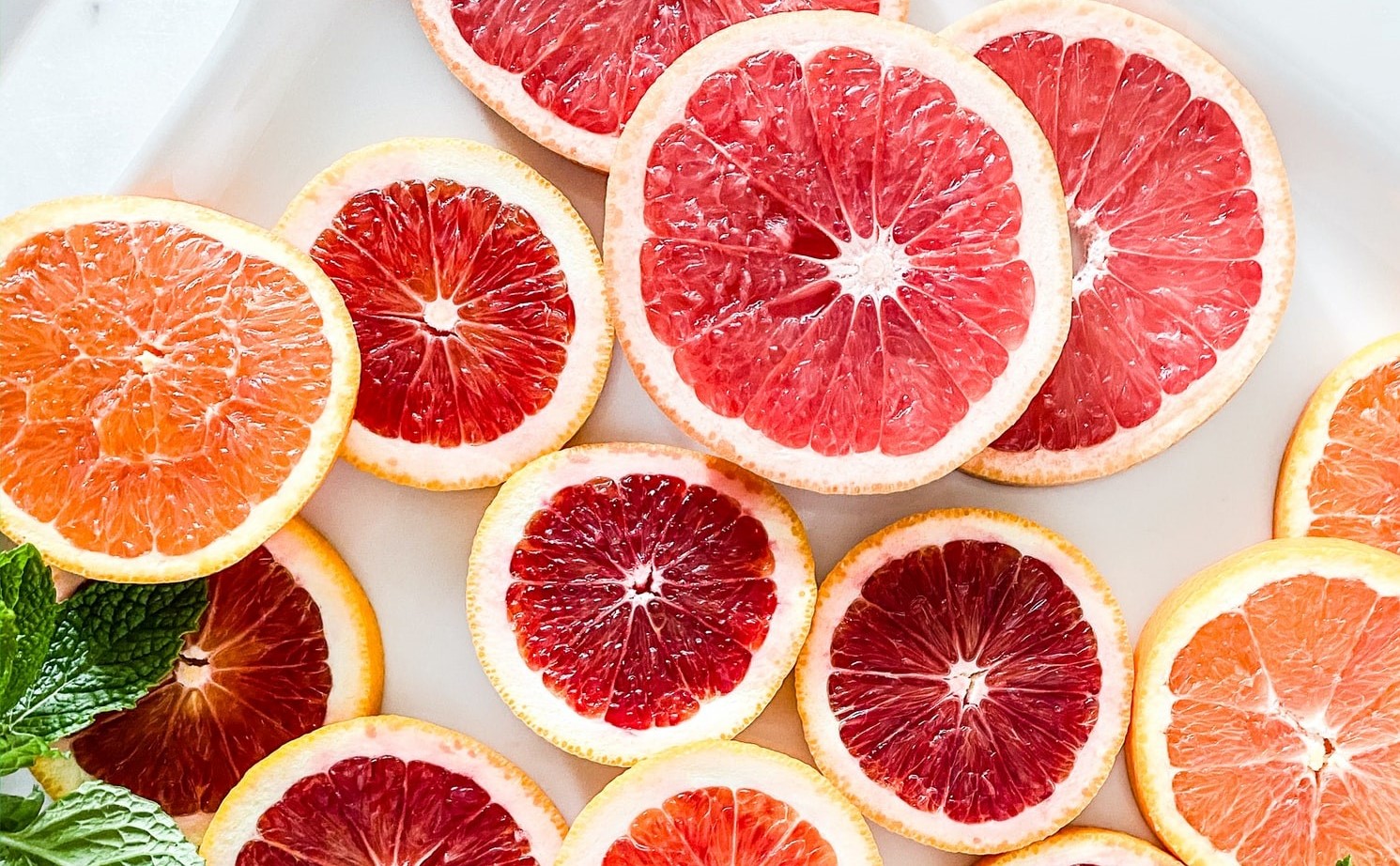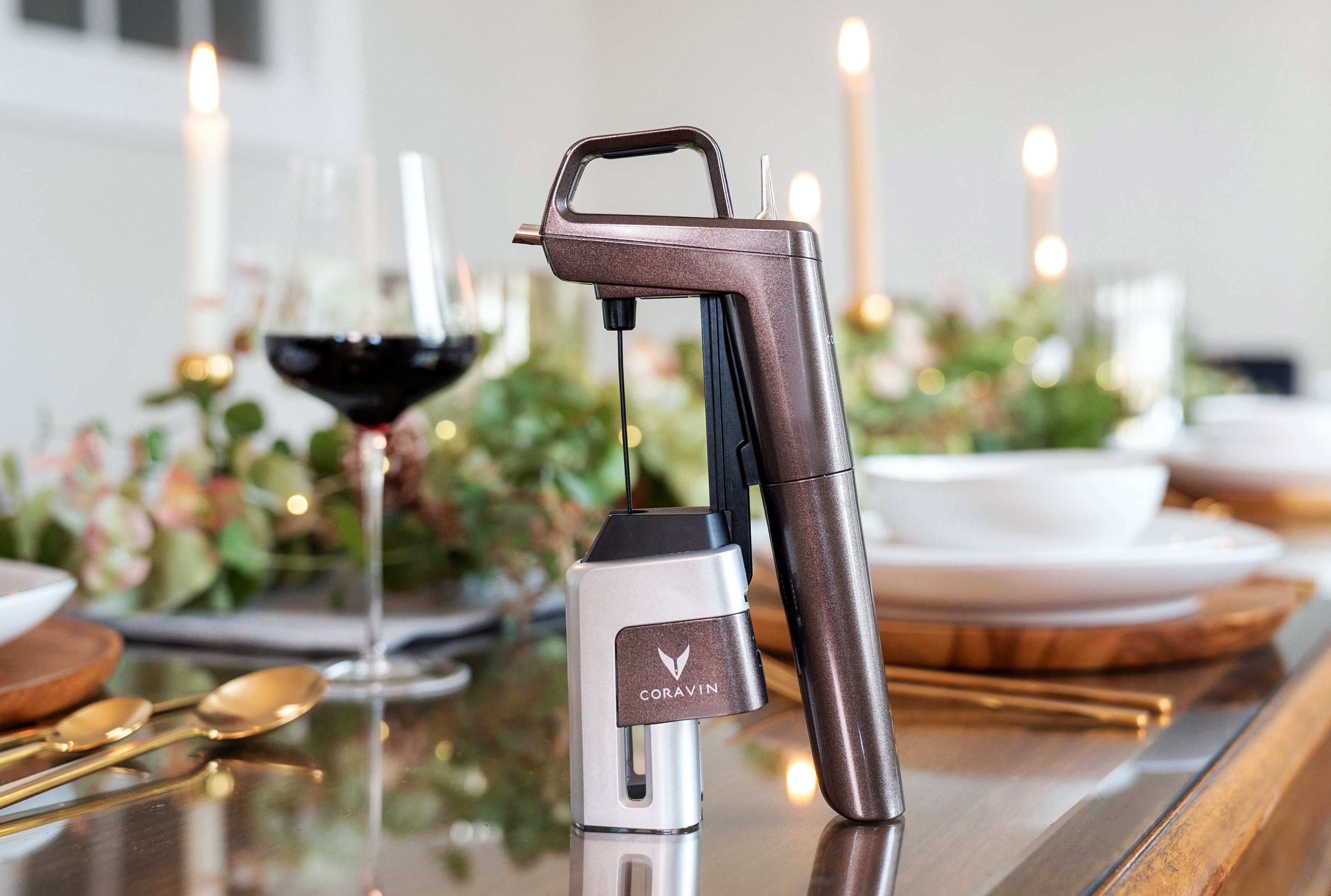Popular Wineries With Outdoor Seating In Sonoma - Sebastopol Wine Experiences
Popular Wineries With Outdoor Seating In Sonoma - Sebastopol Wine Experiences
Blog Article
Best Pinot Noir Wineries In Sebastopol - Unforgettable Wine Tastings In Sonoma
Wine tasting is an art that combines sensory experience with an appreciation for the nuances of different varietals. How to evaluate flavors in winery wine tasting classes is pivotal to greedy the complexities of wine.
Engaging in a wine tasting involves greater than merely sipping and savoring. It requires a centered method to establish aromas and flavors that each wine presents. As you begin, observe the wine's look, noting its color and clarity. These visual cues usually recommend a wine’s age, grape selection, and even potential flavor profiles.
The subsequent step within the tasting process is to swirl the wine in your glass. This action releases fragrant compounds which may be important for analysis. Lean in and take a moment to inhale deeply; the aromas can range from floral and fruity to spicy and earthy. The nose of the wine is just as necessary because the palate, and recognizing scents performs a big function in understanding the general experience.
When taking your first sip, permit the wine to move across your palate - Historical Wineries To Visit In Sonoma. Discover the initial flavors that current themselves. Is the wine fruity, floral, or maybe herbaceous? This preliminary style offers perception into what the wine is prone to specific as you continue to evaluate it. The mouthfeel additionally contributes to the general flavor experience; it might be silky, tannic, or even effervescent.
Intimate Wine Tasting Experiences In Sonoma - Discovering Sonoma Area Wineries
As you proceed tasting, take note of the wine’s balance. A well-balanced wine will harmonize acidity, sweetness, and tannins. If one component overwhelms the others, it'd point out a much less fascinating high quality. Evaluating steadiness can help you identify how properly the wine would possibly pair with food.
Transitioning to the end, contemplate how the flavors evolve because the wine lingers in your palate. A long, nice finish can indicate a high-quality wine, while a short or abrupt end would possibly counsel in any other case. Reflect on whether or not the flavors remain constant or if new notes emerge because the wine settles. This development can reveal complexities and intricacies that might not have been obvious within the initial tasting.
Temperature can additionally be an important think about evaluating wine flavors. Different forms of wine are optimally enjoyed at specific temperatures. White wines often shine when chilled, while purple wines typically carry out greatest at room temperature. When tasting, ensure the wine is at the appropriate temperature to fully appreciate its character.
Wineries Hosting Seasonal Events - The Beauty Of Sebastopol Wineries
Pairing food with wine can greatly improve the tasting experience. Meals can influence the notion of flavors in wine, either highlighting certain characteristics or diminishing them. When evaluating flavors, contemplate how the wine interacts with completely different meals, noticing which flavors are amplified or muted (Wineries With Breathtaking Gardens In Sonoma).

Contemplate the influence of terroir as you interact in a winery tasting. Terroir encompasses the distinctive environmental factors that have an result on grape rising, including soil composition, climate, and geography. Understanding a wine's terroir can provide perception into its flavors and aromas, fostering a deeper appreciation for the choices made during its cultivation and production.
Schooling performs a elementary function in enhancing one's ability to evaluate wine flavors. Learning about grape varieties, wine areas, and manufacturing methods can pave the means in which for extra informed judgments during tastings. Additionally, attending workshops or classes can refine sensory skills and expand your flavor vocabulary, enabling you to articulate tasting notes extra successfully.
Finally, it's essential to keep in thoughts that evaluating wine flavors is a highly personal experience. Individual preferences and perceptions will invariably shape one’s tasting journey. Enjoyment should be on the forefront, with the analysis course of appearing as a tool to boost understanding and appreciation rather than create inflexible tips.
Good Wineries For Large Groups In Sonoma Valley - Best Winery In Sonoma For Quality Wine
In conclusion, mastering the means to consider flavors in winery wine tasting periods involves a mixture of sensory engagement, information, and redirected herecheck my site practice. By learning to establish aromas, assess the stability, and recognize the intricacies of flavor, wine enthusiasts can deepen their connection to every bottle they encounter. As with any art kind, the more one immerses themselves in the experience, the extra they will discover and benefit from the vast world of wine.
- Begin by observing the wine's colour and clarity, as these visible parts can hint at its flavor profile and getting older potential.
- Swirl the wine gently in your glass; this releases aromatic compounds, permitting you to higher identify the complicated scents associated with the wine.
- Take a deep inhale earlier than tasting, specializing in both major and secondary aromas to assemble insights on fruits, spices, and different nuances.
- When tasting, permit the wine to coat your palate; note the initial flavors, the mid-palate complexity, and the end as these stages can provide totally different flavor highlights.
- Pay consideration to texture and mouthfeel, as elements similar to tannin levels, acidity, and sweetness contribute considerably to the overall tasting experience.
- Compare flavors in opposition to commonplace wine traits; for pink wines, think about berry notes, oak influence, and natural tones, while whites could include citrus, stone fruits, and floral hints.
- Take notes through the tasting session to trace your impressions, helping you to remember and consider the totally different wines sampled.
- Focus On your findings with fellow tasters or winery employees, as sharing insights can enhance understanding and appreciation of individual flavors.
- Permit time for the wine to breathe; generally, flavors evolve and reveal new dimensions after being uncovered to air.
- Experiment with food pairings in the course of the tasting as they'll dramatically alter how flavors are perceived, influencing general enjoyment.undefinedWhat should I look for when evaluating the aroma of wine throughout a tasting?
Start by swirling the wine in your glass to launch its aromas. Deliver the glass to your nostril and take a deep breath. Pay attention to the first scents you detect, as these are sometimes essentially the most distinguished. Look for fruit, floral, natural, or earthy notes and attempt to determine specific characteristics, which can deepen your understanding of the wine's complexity.
Beautiful Picnic Areas At Sonoma Wineries - Sonoma County Wine Tasting Locations
How can I distinguish between totally different flavor profiles in wine?
Understand that flavor profiles are sometimes categorized as fruit, floral, herbaceous, spicy, or mineral. Take small sips and allow the wine to coat your palate. Notice the first flavors that emerge first and the delicate notes that comply with. This layering is important in distinguishing the wine's traits and will allow you to appreciate its unique profile.
Eco-Friendly Wineries In Sonoma County - Scenic Wineries Of Sebastopol
What is the importance of the wine's texture in a tasting?

The texture of the wine, also known as mouthfeel, plays a vital role in how we understand flavors. Pay consideration to whether the wine feels smooth, creamy, or gritty. The physique of the wine (light, medium, or full) can improve or contrast with flavors, offering a extra rounded experience during tasting.
How do I assess the stability of flavors in wine?
Balance in wine refers back to the concord between acidity, sweetness, tannin, and alcohol. Take a second to assess whether these elements complement or intrude with each other. A well-balanced wine will have none of its elements overpowering the others, creating a pleasing tasting experience.
Wineries That Offer Barrel Tastings - A Visit To Sebastopol Wineries
What function does temperature play in evaluating wine flavors?
Temperature can considerably influence the perception of flavors. Typically, red wines are finest served barely beneath room temperature, whereas white wines get pleasure from being chilled. As the temperature adjustments, the aromas and flavors can shift, permitting you to understand completely different traits. It’s important to style wine at its optimum temperature for true analysis.
Unique Wine And Food Pairings In Sonoma - Exploring The Vineyards Of Sonoma
How can I improve my tasting skills over time?
Practice is essential to improving your tasting skills. Wineries Showcasing Local Art And Crafts. Attend tastings, keep a journal of your experiences, and discover several types of wines to broaden your palate. Moreover, studying about wine manufacturing and grape varieties can provide context that enhances your analysis course of, making you a extra informed taster.
Is there a specific order in which I ought to taste the wines?
Wineries Ideal For Large Groups - Iconic Wineries Of Sebastopol
Yes, it’s advisable to style wines from light to full-bodied and dry to sweet. This development prevents the stronger flavors from overshadowing the more delicate ones, permitting you to fully recognize each wine's traits and nuances without palate fatigue.
How can I evaluate the aftertaste of wine?
Wineries Renowned For Cabernet Sauvignon In Sonoma - Sonoma Area Winery For Tasting
The aftertaste, or finish, is a crucial aspect of the wine-tasting experience. After swallowing, take note of how long the flavors linger on your palate and whether or not they change. A long, nice end is commonly an indicator of a high-quality wine, whereas a short or unpleasant finish might suggest in any other case.
Why is it essential to notice the wine’s acidity during tasting?
Acidity contributes to the general freshness and construction of the wine. Pay attention to the tingling sensation in your tongue; higher acidity can improve the wine's liveliness and balance out sweetness. Noting acidity helps decide the wine's versatility with food and its growing older potential.
What ought to I do if I struggle to identify specific flavors in wine?
Wineries In Sebastopol - Sonoma Wine Culture
Struggling to establish flavors is frequent, particularly for newbies. Focus on broader categories and describe what you'll find a way to acknowledge, corresponding to candy or earthy notes. With practice, studying about different flavor profiles, and perhaps utilizing flavor wheels, you will refine your senses and develop a more nuanced approach to tasting. Report this page